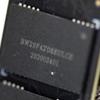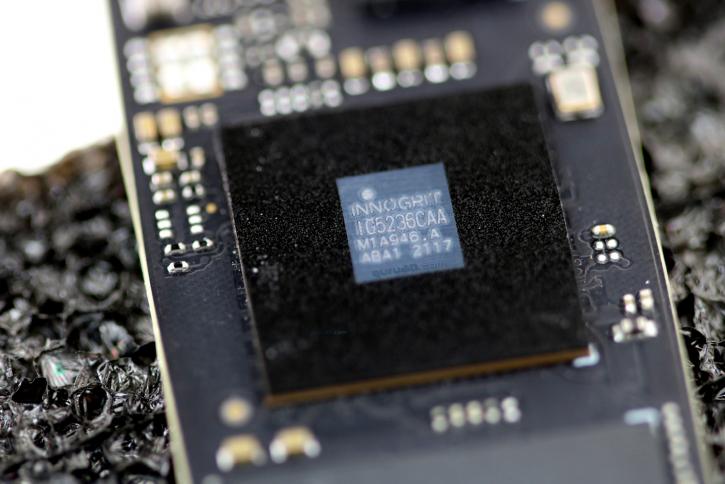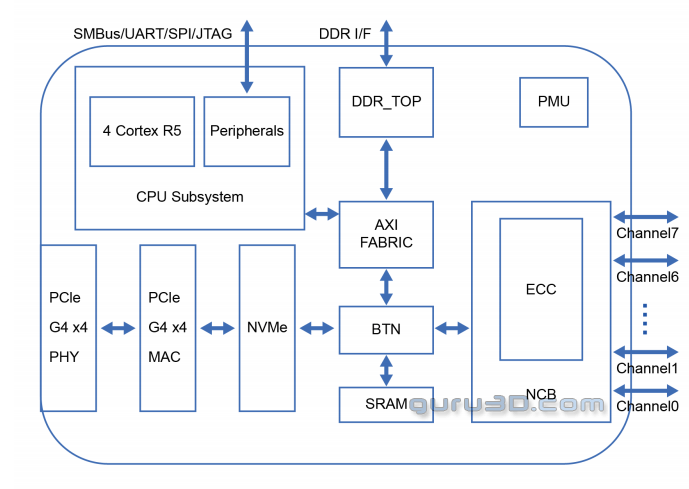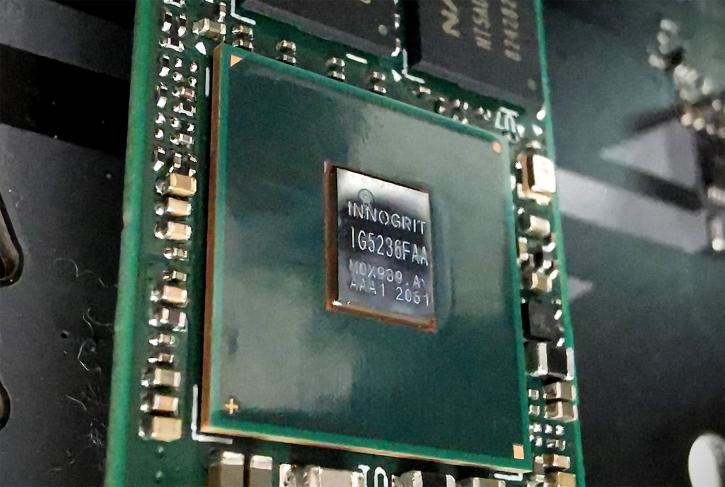Specifications & Features
Specifications & Features
ACER is offering three different storage capacities for the Predator SSD: 512GB, 1TB, and 2TB. Unfortunately, there is no 4TB option available (yet). The series will be equipped with 3D NAND flash memory that has been TLC written (vertically stacked over 96 layers). As a result, the SSD is able to provide adequate storage quantities. 3D NAND is employed in place of Planar NAND in this instance. It is important to note that 3D TLC NAND is not to be confused with chip stacking in a multi-chip device. 3D TLC NAND is physical vertical NAND cell stacking. In 3D NAND, rather than individual chips, NAND layers are layered together in a single integrated circuit. The good news is that cost reductions will continue as package sizes shrink, yet capacity per NAND chip will increase. It is also possible to reuse the majority of the NAND toolsets that have been placed in wafer fabrication facilities, increasing the useful life of fab equipment. The SSD achieves up to an indicated sequential read speed of 7400 MB/sec when powered by the PCIe 4.0 ready AMD B550/X570 chipset and Intel Rocket Lake-S / Z590 processor. This is fourteen times the performance of typical SATA SSDs and seventy times the performance of certain hard disk drives. In particular, the performance is boosted by the significantly improved bandwidth of PCIe 4.0 (PCI-Express Generation 4), a feature that is being introduced to customers for the first time as part of the AMD X570 chipset and 3rd Generation AMD Ryzen Desktop Processors (both from AMD). In addition, to easily fitting into a PCIe 4.0 x4 M.2 slot, the NVMe interface has been upgraded to the new 1.4 protocol, and the use of high-density TLC NAND in conjunction with a Phison PS5018-E18 controller results in an increase in single-drive SSD performance to a new level. With startling numbers to back it up.
Innogrit high-performance controller
After installing the unit and doing tests on it, we were taken aback by its overall performance and access time. It was significantly better than what we had previously observed with similar Phison-controlled devices. When you take a closer look, you'll notice that this SSD makes use of a completely new controller, the Innogrit 1G5236. Innogrit is an innovative player and startup on the market that has only lately emerged, and which nearly no one has heard of prior to this.
It was founded in 2016 by a group of former employees of a business that you may recall, Marvell, whose opinions on the future, it appears, differed from those held by the company's management at the time. It appears that their efforts were not in vain, as the company revealed its first products with PCIe 4.0 support in the same year, officially showed them in early 2020, and they have already began to emerge on the market.
Plextor, Adata, and Biwin all announced the use of Innogrit IG5236 at the outset of the project. As a result of the Rainier IG5236 controller, which provides up to 1 million IOPS 4K random access transporting data across 8 channels, the Innogrit 1G5236 controller with PCI-Express 4.0 x4 interface can manage capacities of up to 8 TB and is driven by the Rainier IG5236 controller from InnoGrit.





